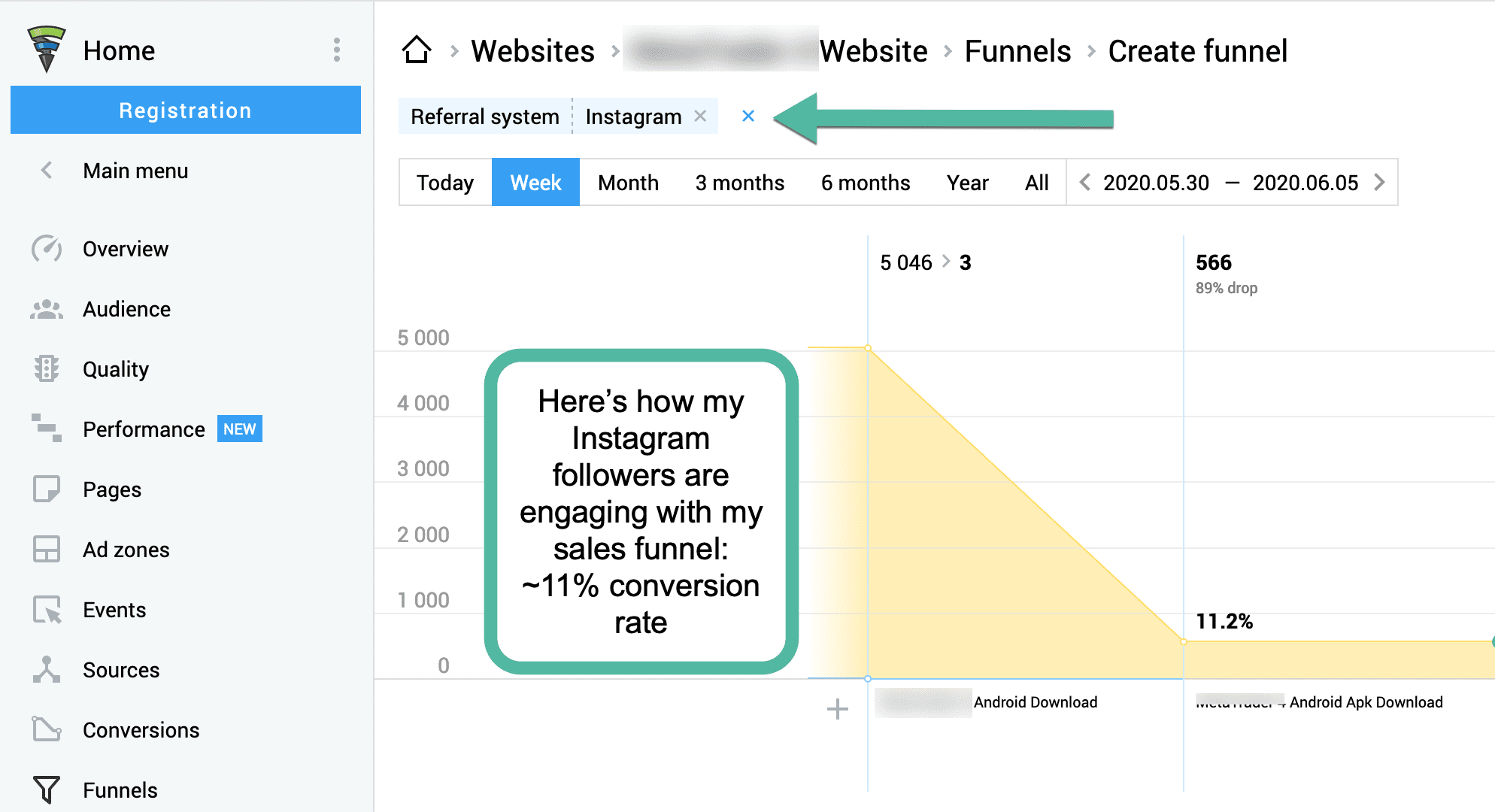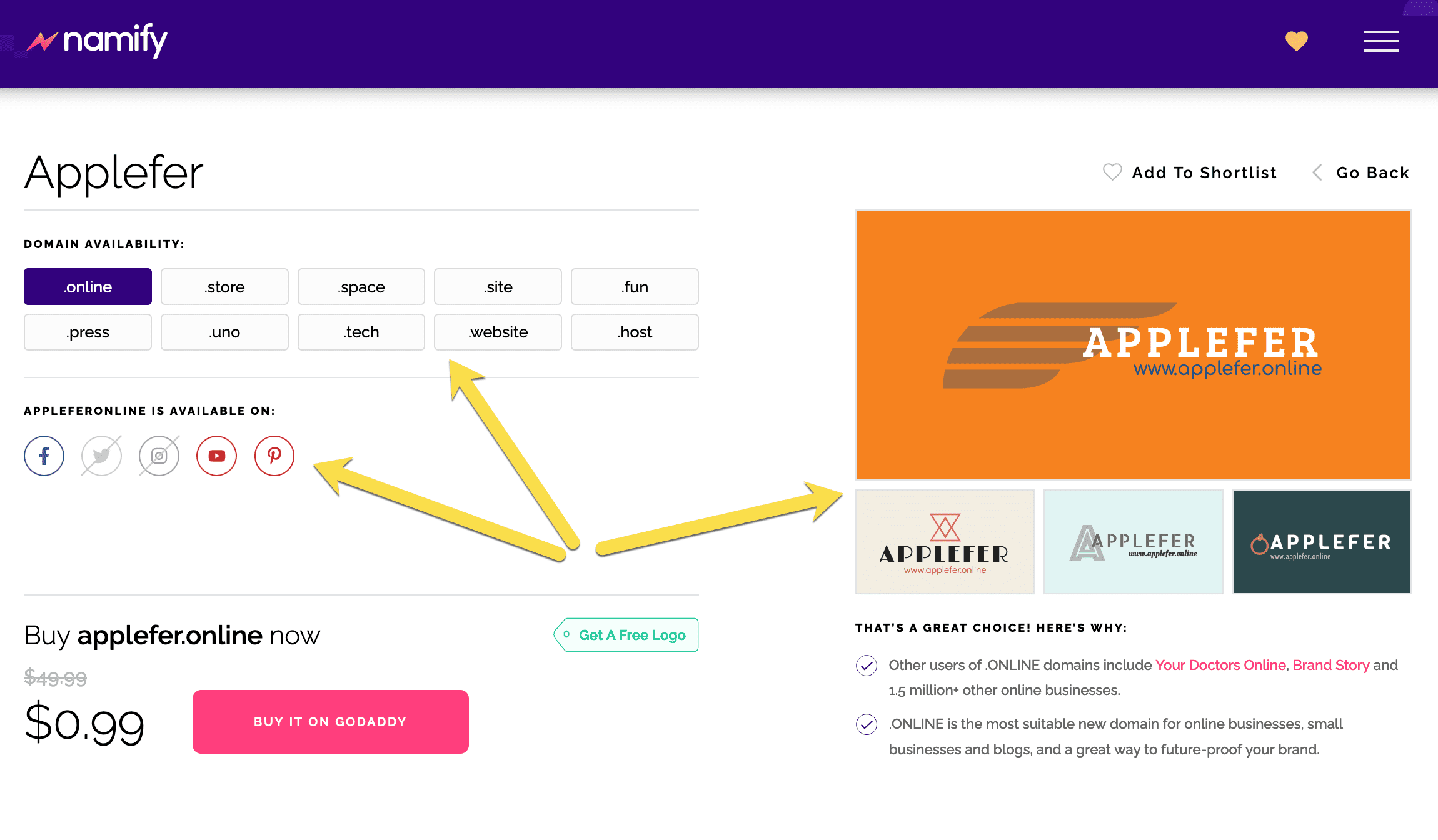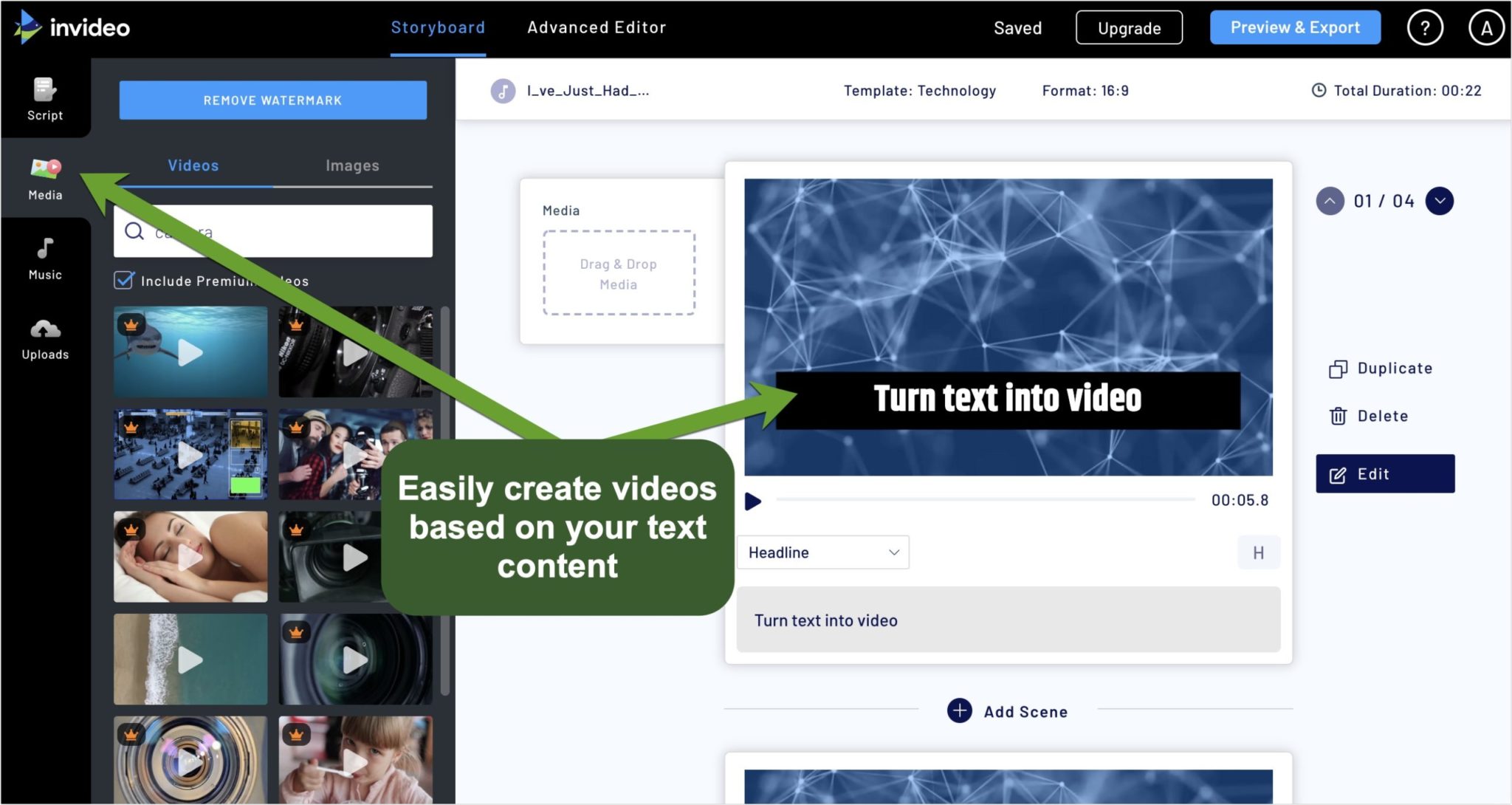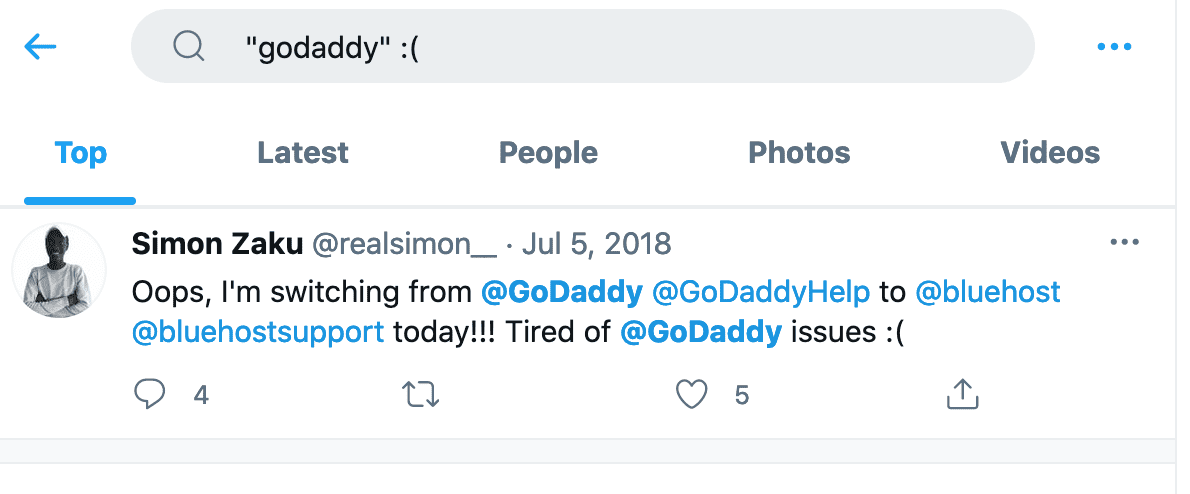Audiences Own the Conversation. Are You Listening?
On any given day, millions of people visit Facebook and Twitter to share their positive and negative experiences about products and companies. Social media has given them a voice and empowered them to redefine their relationship with brands.
The trend is not going anywhere. Consumers want to be heard. They want brands to pay attention. Unfortunately, a majority of marketers are still stuck in the old-fashioned way of doing business.
Here’s what you need to do to align your marketing with this trend:
Marketers: Time to Refocus on Your Websites
A couple of years ago Forrester Research released a study on engagement rates on social networks. Facebook scored very low on the scale with 0.07%. Twitter was even worse (0.03%).
Facebook Pages that post excessively promotional content see their reach fall significantly over time. And last year the News Feed algorithm put an end to organic reach for business pages.
What should this tell you?
First, stop making Facebook or Twitter the center of your strategy. Your potential customers want to connect with you on your website. Forrester mentions, for example, that newsletter signups tend to happen more frequently than Facebook engagement.
“US online adults who want to stay in touch with your brand are almost twice as likely to sign up for your emails as to interact with you on Facebook,” said Vice President and Principal Analyst, Nate Elliot on the Forrester Blog. “Plus your emails get delivered more than 90% of the time, while your Facebook posts get delivered 2% of the time […]. If you have to choose between adding a subscriber to your (sic) email list or gaining a new Facebook fan, go for email every time.”
The solution is twofold: Leverage platforms with higher engagement prospects, such as Instagram and Pinterest, and bring the conversations to your website via community-building tools.
Using your site as a central point in your marketing also means that you own all the data. You can analyze and compare your marketing tactics and pick the best-working assets. You can build your own sales funnels and choose what works best. With tools like Finteza you can analyze your conversion funnels with ease to identify which pages leak conversions and approve performance:

If you don’t have a website yet, set one up asap! Tools like Namify will help you find a name that’s also available on major social platforms and even create a logo for you:

You don’t even need any technical skills to set up a website these days. You can create one using drag-and-drop functionality, visual editors, widgets, and plugins.
Videos Sharing Is on the Rise
Actually, it has been on the rise for about ten years now but it is not yet slowing down!
Do you know that only 17.9% of Internet users account for more than 80% of all video shares? These super sharers are also very active on social networks.
With so much happening on social media platforms, you probably won’t be surprised to learn that only a quarter of views now take place on YouTube. At 19%, Japan is the lowest provider.
Sharing habits vary across locations. Within the first 24-hour range, South Koreans are the most active (20% of shares). They are also the most engaged. Norway is a close second: 57% of shares are triggered within the first three days.
Now, a logical question would be: What prompts people to share videos? If you answered ‘happiness’, well done! Globally, it is the most effective emotional trigger. However, culture also influences social motivations. For example, German users share to start conversations, while the British focus on social utility.
Promotion on platforms like Facebook and Twitter is now a must. Tumblr and Pinterest also seem to provide viable options.
Also, uplifting videos are more likely to go viral. However, caution is recommended with humor. International audiences are not uniform. Every market and demographic offers challenges and opportunities. Dig deeper to understand what works.
Creating video content doesn’t require technical skills or expensive software. Tools like InVideo provide an easy way to create professional video content to put on your social media networks and utilize in stories.

Social Customer Care on Twitter
There is an audience talking about you on Twitter right now. Social media monitoring is no longer an option!
Here are some tips to help you get started in the right way:
- Fewer than 3% of customers directly mention companies in their Tweets. You will obviously miss a lot!
- Go beyond monitoring your company’s name and website. Include your domain name too.
- If your brand has a unique or unusual name, people will probably misspell it. Take advantage of it!
- Negative mentions matter, too. Try combining keywords like “brand name + fail / bad / negative / unhappy.” Or even “brand name + :(”

Also, don’t forget to leverage visual content when you post on Twitter. Tweets with photos trigger almost half of all engagement, followed by text (28%) and links (23%).
The size of your Twitter audience does not matter either. Photos win across the board. It is easy to create cool images for Twitter with these visual marketing tools many of which are free or almost free.
Your target and current customers are talking about you on social media and across the web. Are you there listening?
Image by Pixabay









